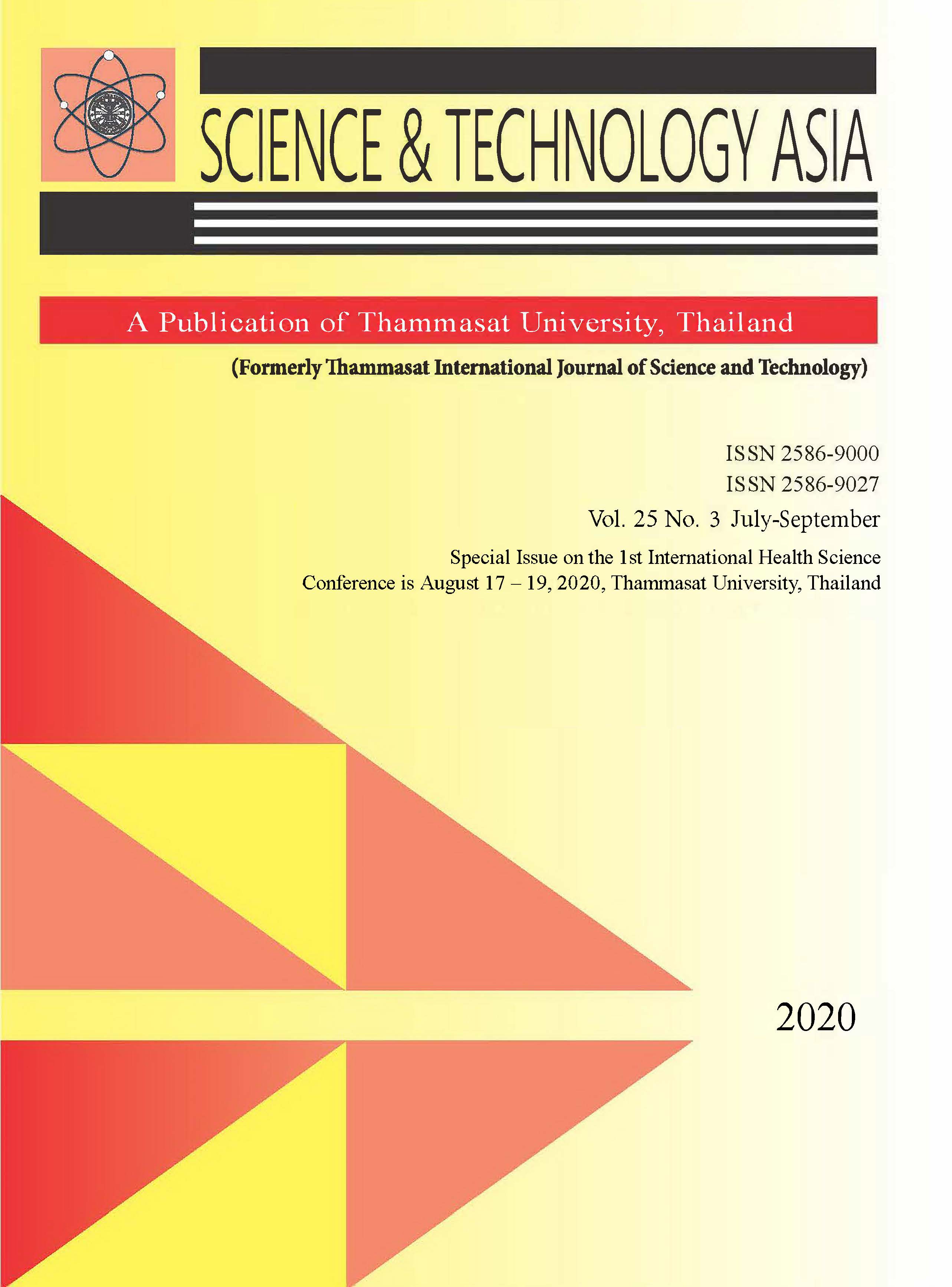Heart Rate Variability Response in Children Working at Height
Main Article Content
Abstract
Working at height is a hazardous condition for children. Their lack of maturity in making decisions, in various situations, creates anxiety and stress. Stress from fear of falling from height requires special attention when working. A simulation of light workload tasks at 1 to 10-meters height was conducted in boys with (n=30) and without (n=30) experience. Psychophysiological responses were investigated with heart rate variability (HRV) measurement. The result showed that the time domain of the HRV between groups indicated similar responses in the autonomic nervous system (ANS) at each height. However, ANS activities increased along height levels. The mental stress as a result of the working at height affected sympathetic predominate and lower parasympathetic activity. Conversely, the experience of the working at height influenced heart rate control.


